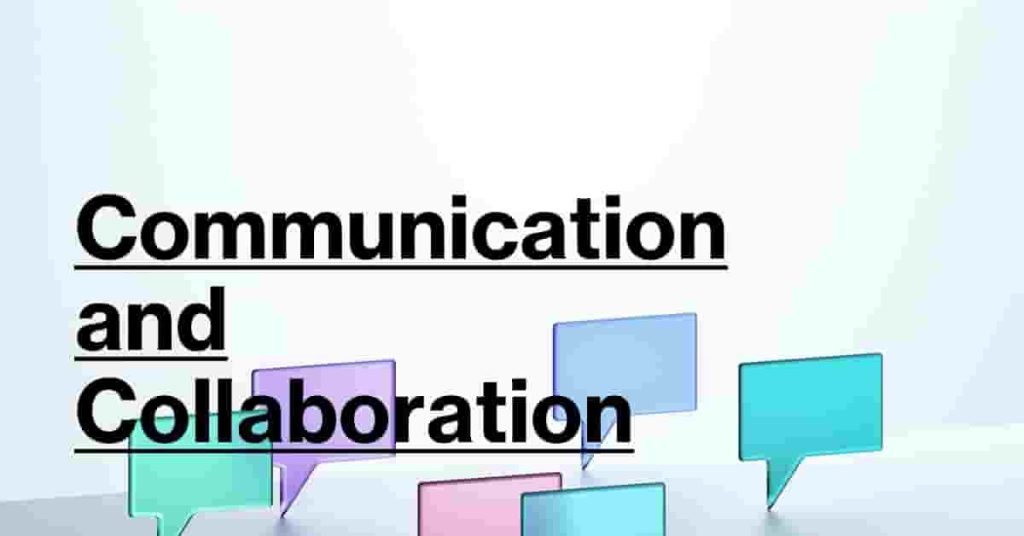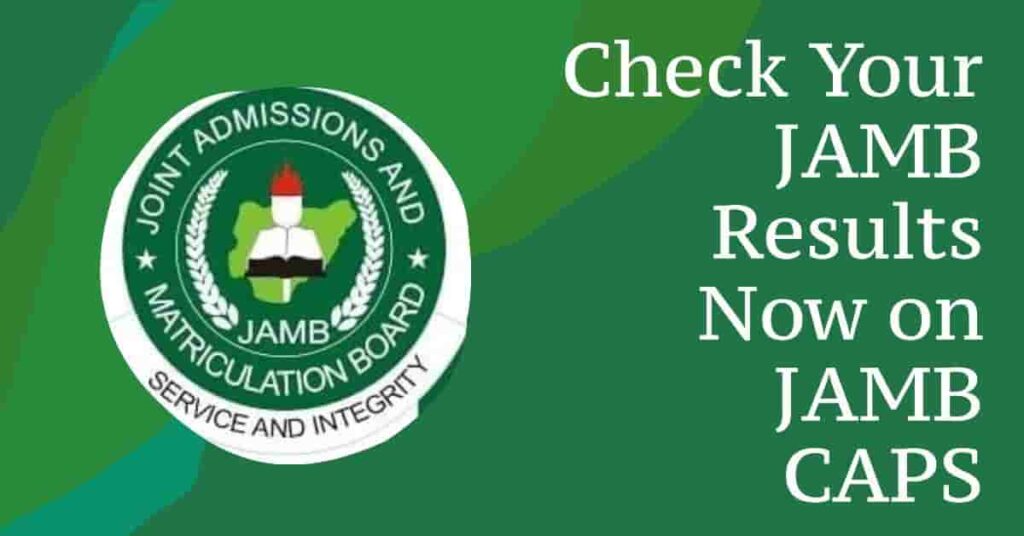Communication and Collaboration
Effective communication and collaboration are vital for fostering a successful educational environment. At Valdymas College of Advanced Studies, these elements are crucial in enhancing the educational experience and driving digital transformation. Read on to see how we prioritize these practices to benefit our students, faculty, and staff.

The Importance of Communication
At Valdymas College, we understand that communication is the foundation of a thriving academic community. Open communication builds transparency and trust, which are essential for a cohesive environment. We utilize various feedback mechanisms to continuously improve our programs and ensure that the objectives and expectations for students and faculty are clear. Regular feedback helps us identify strengths and areas for improvement, creating a culture of ongoing enhancement.
Communication Tools and Strategies
To facilitate effective communication, we use a range of tools and strategies. Our Learning Management System (LMS) serves as a central hub for announcements, discussions, and assignment submissions, ensuring information is organized and accessible. Email and instant messaging allow for quick resolution of queries, while regular meetings and updates keep everyone informed about important developments. Additionally, social media and online communities foster informal communication and peer interactions, creating a sense of community.
The Role of Collaboration
Collaboration enhances learning experiences and drives innovation at Valdymas College. We encourage collaborative learning through group projects and study groups, which help students learn from one another and develop teamwork skills. Interdisciplinary research initiatives bring together faculty and students from different departments, leading to innovative solutions and comprehensive understanding of complex problems. Our partnerships with industry provide students with real-world experiences and internships, while collaborative professional development programs ensure our faculty and staff are equipped with the latest skills.
Technological Tools for Collaboration
We leverage advanced technological tools to facilitate collaboration. Virtual classrooms support real-time collaboration between students and instructors, regardless of location, with features like breakout rooms and interactive whiteboards. Cloud-based document sharing tools such as Google Drive and Microsoft OneDrive allow for seamless sharing and co-editing of documents, fostering collaborative project work. Project management software like Trello and Asana helps organize and manage collaborative projects, ensuring tasks are tracked and deadlines are met.
Challenges and Solutions
While fostering communication and collaboration, we encounter challenges such as technological barriers, coordination issues, and resistance to change. We address these by providing training and support for advanced tools, using project management tools to streamline coordination, and emphasizing the benefits of collaboration while offering incentives for active participation.
Conclusion
Effective communication and collaboration are integral to our mission of delivering high-quality education and fostering a vibrant academic community. By leveraging advanced tools and fostering a culture of openness and teamwork, we ensure that our students, faculty, and staff are well-equipped to succeed in an ever-changing educational landscape. As we continue to embrace digital transformation, we remain committed to enhancing communication and collaboration across all levels of our institution.
References
- Siemens, G., & Baker, R. S. (2012). Learning analytics and educational data mining: Towards communication and collaboration. In Proceedings of the 2nd international conference on learning analytics and knowledge (pp. 252-254).
- Garrison, D. R., & Vaughan, N. D. (2008). Blended learning in higher education: Framework, principles, and guidelines. John Wiley & Sons.
- McInnerney, J. M., & Roberts, T. S. (2004). Collaborative or cooperative learning? In Online collaborative learning: Theory and practice (pp. 203-214). Information Science Publishing.
- Johnson, L., Adams Becker, S., Estrada, V., & Freeman, A. (2014). Horizon Report: 2014 Higher Education Edition. EDUCAUSE.
- Picciano, A. G. (2012). The evolution of big data and learning analytics in American higher education. Journal of Asynchronous Learning Networks, 16(3), 9-20.



